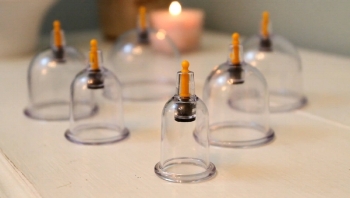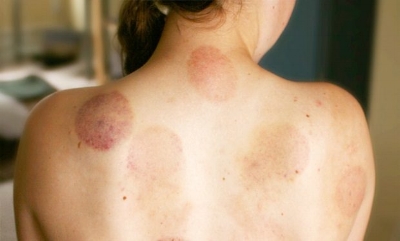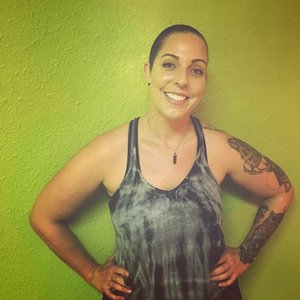Hurts So Good
/Here at Mantis Massage, we specialize in Deep Tissue massage. This means that we work with the muscles in your body that are deep to some other muscles in your body. They are closer to the core, meaning that sometimes, we have to go through other muscle to get to them. A lot of people think that deep tissue massage means deep pressure. Not so! There are ways to access deep tissue without using deep pressure, and it is also true that you can use deep pressure and not necessarily be accessing deep tissue - at least not directly.
This may seem like a technical difference that doesn’t really apply to you as a client. But here’s why this distinction is important! Sometimes people think that just because massage hurts means that it is doing something good for your muscles, or that conversely if it doesn’t hurt then it’s not really working.
MYTHBUSTERS TIME!
The way that massage works with your body is by working with your neurological system. Your therapist is using pressure to signal sensory organs within your muscle tissue, letting them know that is it ok to let go of the muscle contraction that is causing tension, pain and even blood stagnation in your body. Every body is different, and for some people that means that more pressure will feel good to them, as they can feel their body loosening up and reacting well to the pressure. We like to call this “Therapeutic Pain”. Yes, it hurts. But it hurts so good. It hurts in a way that feels therapeutic. You can feel it working, and the wisdom in your body says, “Yes! This is a good thing!”.
For other people, lots and lots of pressure signals a stress response in their bodies. The pressure can be too much, and the body senses danger, avoiding the possibility of being crushed. In this case, the pain does not feel therapeutic. There is pain, but no gain. Instead, it feels like alarm! Your body is resisting the pressure and it just feels like pain, without the benefit of therapy.
This distinction can be subtle, and thus is a reason why it is so important to keep communication channels open with your therapist. This can also vary for different muscles and different areas of the body.
The most important takeaway here is that if your massage just hurts - and not in a good way - this doesn’t make you a wimp or mean that you need to just clam up and take it. Massage should feel GOOD! Even if that means that it hurts so good. If it hurts in a good way, you’ll know it. And you are the only one that can really measure this difference. Also, massage can be really effective even if it doesn’t hurt. It is entirely possible to communicate with your muscles using light pressure. It’s all about you, your muscles, and what y’all need.










